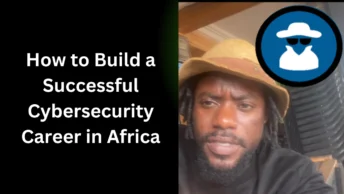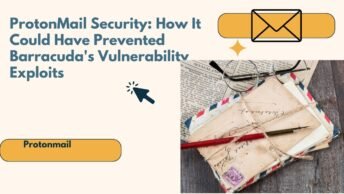Google dorking, a technique used by Open Source Intelligence (OSINT) experts, has been widely employed to uncover publicly accessible information on the internet, including unsecured webcams.
Through carefully constructed search queries, a vast array of data can be retrieved.
When dealing with webcams, narrowing down searches by location is crucial for targeted investigations.
Here’s how location-based Google dorking can be optimized for webcam searches.
What Is Google Dorking?
Google dorking involves the use of advanced search operators to filter and refine Google search results.
By entering specific search terms and symbols, hidden information such as webcams, databases, or login pages can be exposed.
OSINT professionals utilize this technique to find unsecured webcams, which are often left unprotected due to poor security practices.
How Location-Specific Webcam Searches Work
Webcams can be found on websites through various parameters like IP addresses or specific URLs.
To narrow down results to a certain location, search operators and geographical identifiers must be combined in the dork query.
The most effective ways to specify a location include:
Using the “site:” Operator The “site:” operator can be employed to search within a specific domain.
To focus on a particular country or region, local domains such as “.uk” for the United Kingdom or “.de” for Germany can be targeted.
For example:javascriptCopy codesite:.us inurl:/view/index.shtml
This query searches for webcams hosted on websites with a “.us” domain, typically indicating servers located in the United States.
Combining Keywords with Location Identifiers Location names or specific addresses can be added to the query to restrict the search to webcams in a particular area.
For example:vbnetCopy codeintitle:"Live View" "New York" This query searches for webcam feeds with titles containing “Live View” specifically in New York.
IP Range and Geolocation Targeting Another method involves specifying IP ranges based on geolocation.
Tools such as IP address locators can be used to identify ranges assigned to certain countries or cities.
By filtering results with “ip:” operators, only webcams hosted within those regions will be shown.
Language-Specific Searches Adding a language filter can also help narrow the scope.
For example, to find webcams in Spain, the “lang:” operator could be applied:javascriptCopy codeinurl:/view/index.shtml lang:es
Ethical Concerns and Best Practices
It must be stressed that while Google dorking can reveal a wealth of information, accessing or tampering with unsecured webcams raises serious ethical and legal concerns.
Always ensure that only public webcams or those with appropriate permissions are accessed. Respect for privacy and data protection laws should always be maintained.
When it comes to OSINT investigations involving webcams, specifying locations through Google dorking is a powerful tool.
By carefully structuring search queries and using location-based operators, results can be refined to show webcam feeds from specific regions.
However, the legal boundaries and ethical standards of such searches should never be ignored.
By mastering location-specific Google dorking techniques, OSINT investigators can conduct targeted, efficient searches without compromising privacy or legality.







